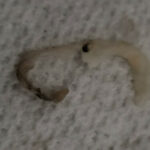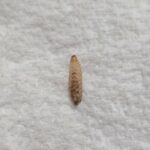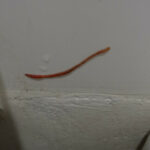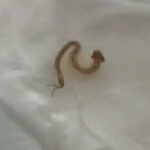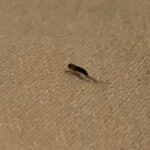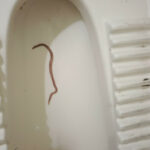Bloodworms are not actually worms. Bloodworms are larvae of the midge family Chironomidae which is similar to mosquitoes. Bloodworms are found all in a variety of aquatic habitats all over they world. They live in fresh and salt waters as well as fast flowing and stagnant waters. They are easy to identify as they are small with a segmented body that looks very much like a worm.
The color of a bloodworm varies. It can be white, green, yellow or red so there is no real connection between their common name and their color. There are a few bloodworms that are transparent (you can almost see through them) but they are more commonly known as Glassworms because of their appearance.
Bloodworms are a great food item for the fish populations of the waters they inhabit. They are very nutritious and have a great deal of iron and protein that benefits fish. They are also a common source of food for fish kept in aquariums. The bloodworms remain in their larvae stage for two to seven weeks depending on the temperature of the waters they live in.
Bloodworms are commonly found in aquatic environments that have muddy bottoms such as ponds, swamps, and streams. They generally live in large numbers and as adults, they breed rapidly and with ease. They also live in wastewaters such as sewer treatments and in man-made waters such as retention ponds. They can cause health issues in man-made waters depending on the size of their population. Many local government agencies use pesticides to control bloodworm populations when they are discovered.
Cultivating bloodworm populations in captivity has not been very successful. Yet, collecting bloodworms is not very difficult if it is done at the proper time. The best time to catch bloodworms is at night using small mesh netting. This is when they are most active out of their self-made tubes. They can also be collected by getting mud from the bottom of a water source and shifting through it or by waiting until they swim to the water’s surface. When they swim to the surface, they can easily be caught with a net.
Various health problems in humans have been associated with coming in contact with bloodworms. These include respiratory problems, allergies, and skin problems such as dermatitis.
All About Worms is always free, always reader-supported. Your tips via CashApp, Venmo, or Paypal are appreciated! Receipts will come from ISIPP Publishing.




